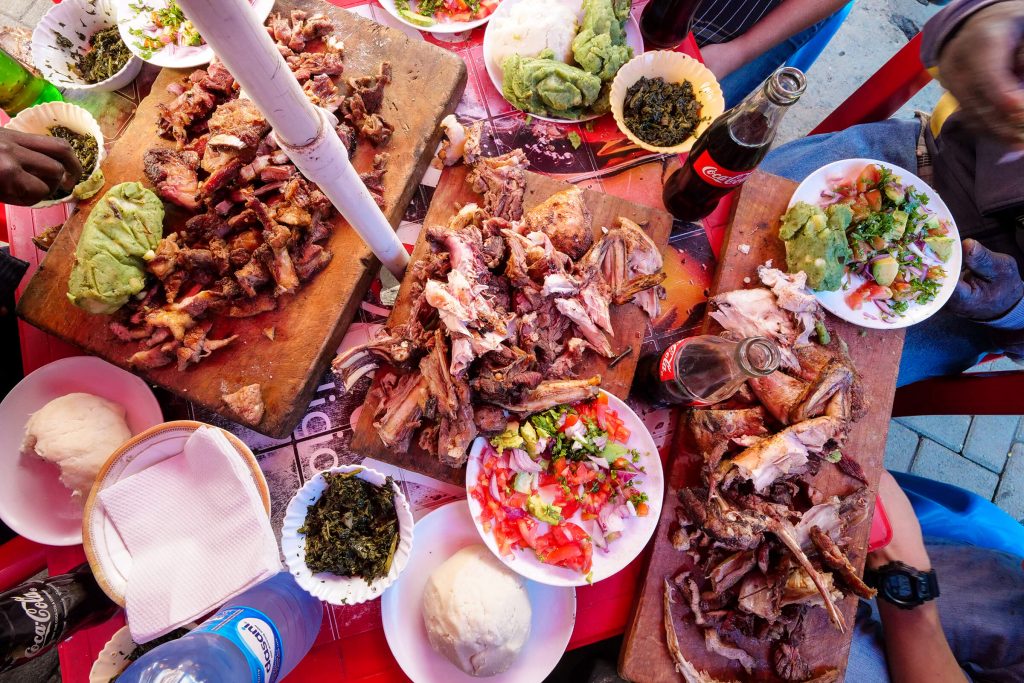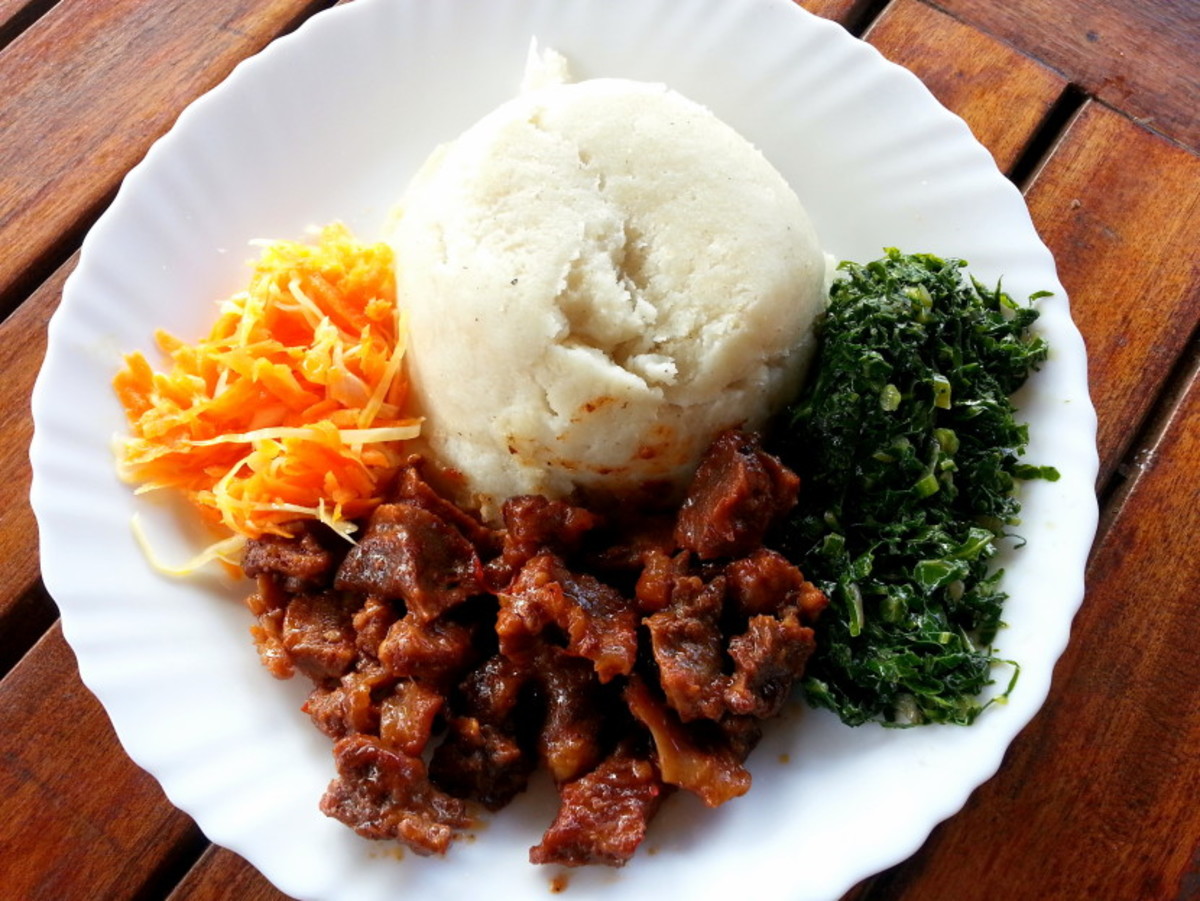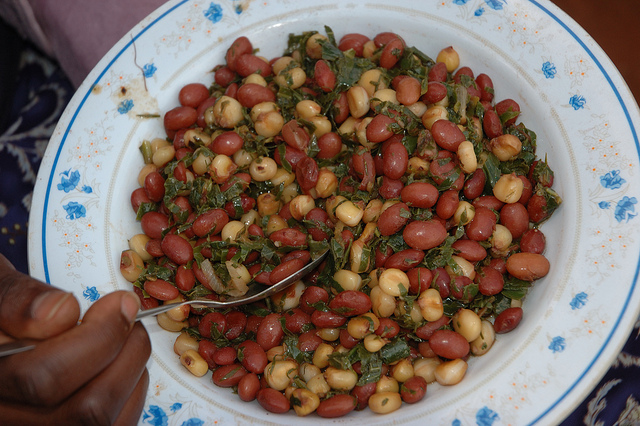
There is one time when it was speculated that Kenyans drink beer more than they can drink tea at parties. That if given the chance, they would pour out all the tea from the sufurias and cook beer, gin and eye-stinging spirit! hehehe….

A survey that appeared on the internet last week made me think otherwise..its the Nigerians, Ugandans and other African countries who can otherwise show Kenyans how to drink. They can be the bad uncles who can take you to a bar and teach you all the types of alcohol on the counter and the hangovers that comes with each.

Ok, on to more serious matters now..
Milk and its related products registered the highest per capita consumption in Kenya last year, followed by maize, wheat and vegetables, giving a glimpse of the typical dinner table in households.

A Food Balance Sheet (FBS) by the Kenya National Bureau of Statistics (KNBS) shows that milk and related products had a per capita consumption of 93.3 kilogrammes in 2018, followed by maize and maize products (69.5kg), wheat products (41.3kg) and vegetables at 32.6kg.
The FBS calculates the average quantity of a given food commodity consumed by an individual annually.

The biggest change in per capita consumption was however registered in bananas, with the KNBS data showing that each Kenyan ate 27.5kg of bananas in 2018 — an equivalent of 82.1 percent jump from the previous year.
The second highest percentage change in per capita consumption was registered in tomatoes, with each Kenyan consuming 8.5kg in 2018 — a 41.7 per cent climb from 2017.

The high per capita consumption of milk and its related products coincided with a growth in production. Milk output rose by 18.4 per cent from 535.7 million litres in 2017 to 634.3 million litres last year, leading to increase in the availability of the commodity that provides proteins.
Other milk products, including cream, ghee, butter and cheese also recorded a rise in processing as farmers and dairy co-operative societies turned attention to milk value addition.

Production of butter and ghee rose by 10 per cent to 1,249.4 million litres of milk processed last year which was the highest of all milk products.
Cheese output rose by 15 per cent to 390.7 million litres while cream production increased by 10 per cent to 454.1 million litres of milk processed at the back of increased milk production and a market demand for milk products.

Milk consumption has continued to grow in the last two years following efforts by county governments and private sector to provide the commodity to school-going children to boost their nutrition.
Some of the counties currently giving free milk to nursery school pupils are Nairobi, Mombasa, Migori, Murang’a and Embu. The programme aimsto boost nutrition amongst pupils from poor families struggling to get decent meals.

Dairy co-operative societies have also turned attention to milk value addition, with fresh milk and premium yoghurt brands being the main products. This has increased the farmers’ income while boosting nutrition.
Some of the milk processors include Ol Kalou-based Countryside Dairies, Mukurweini Farmers, Kiambaa Farmers, Githunguri Dairy, Limuru Dairy, Sameer Dairy and Bio-foods, among others. The sharp increase in per capita consumption of bananas came at time when maize flour prices had shot through the roof—an indication that consumers may have sought an alternative food.

The price of maize flour hit a historic high of Sh153 per two-kilogramme packet in 2017, pushing the favourite meal out of the reach of most households. This trend carried on until about April last year. The increase in cost of maize had been attributed to a shortage of the commodity in the country and a ravaging drought that hit the Rift Valley maize belt pushing a 90-kg bag of maize to retail for Sh4,500 from Sh3,800 in 2016.

Wheat remains the third most popular consumed food commodity with 41.3 kilogrammes per capita eaten last year, a 5.6 per cent rise from 39.1 kilogrammes per capita in 2017.
Tomatoes are the third most consumed at 41.7 per cent while vegetables are fourth at 32.6 kilos per capita, according to the data.

Consumption of sweet potatoes mainly grown in the Central highlands dropped by 18 per cent from 2017 to 18 kilogrammes per capita last year, the highest decline of all food commodities. Other foods whose consumption fell include rice, beans, cassava and onions largely driven by a rise in their prices from supermarket shelves and mama mbogas or small vegetable vendors.